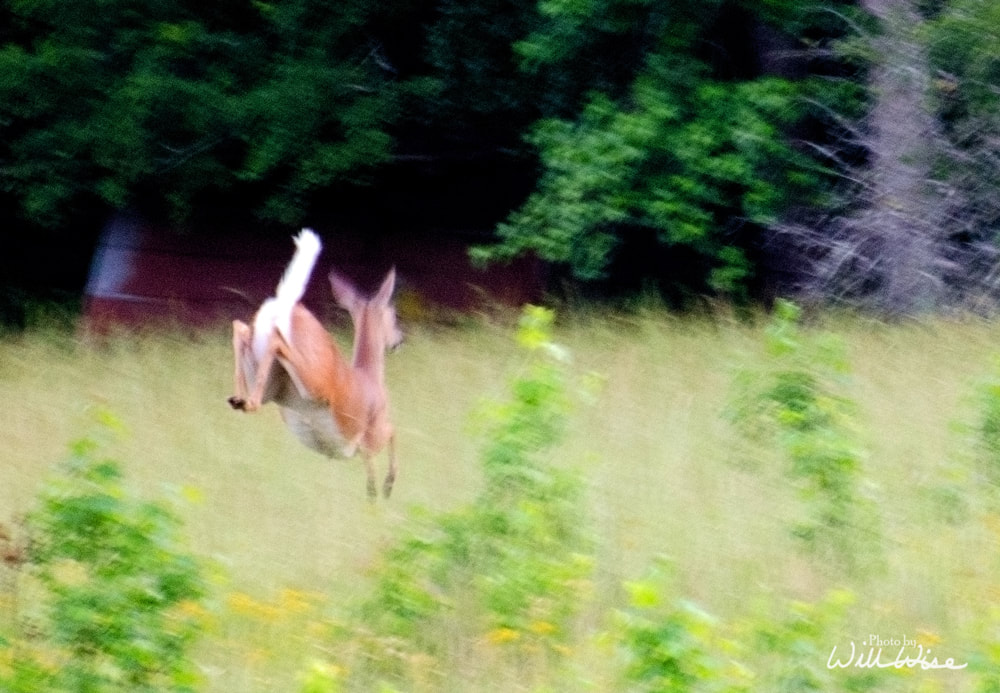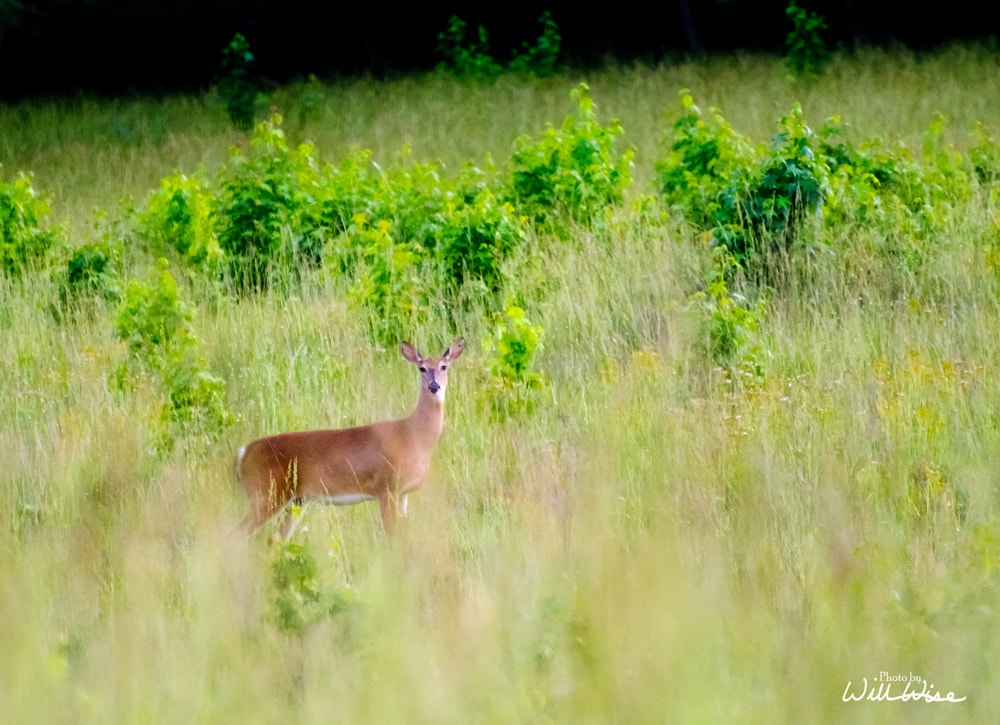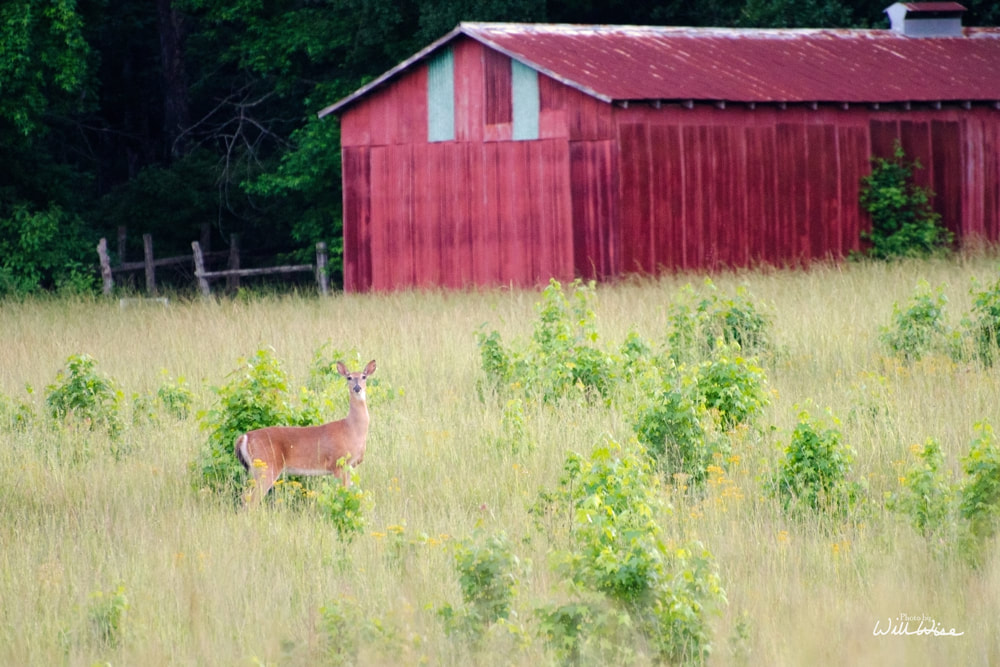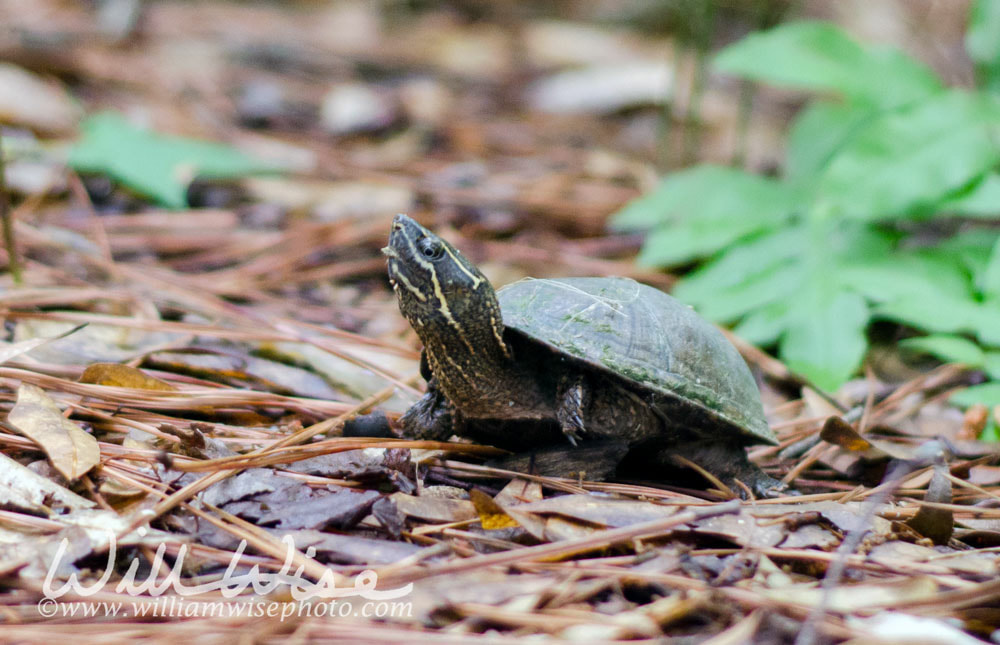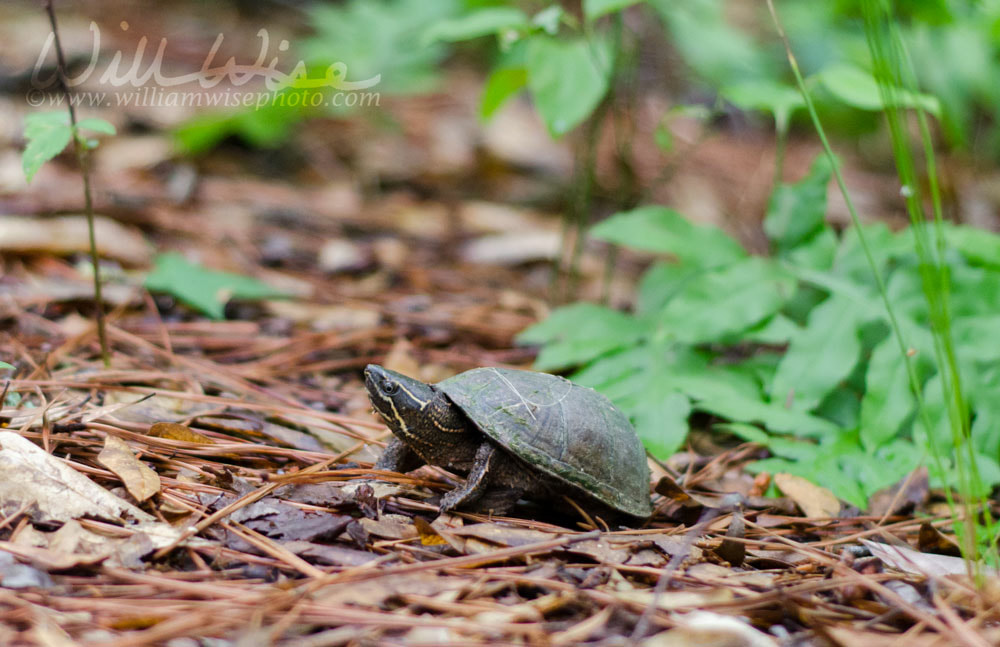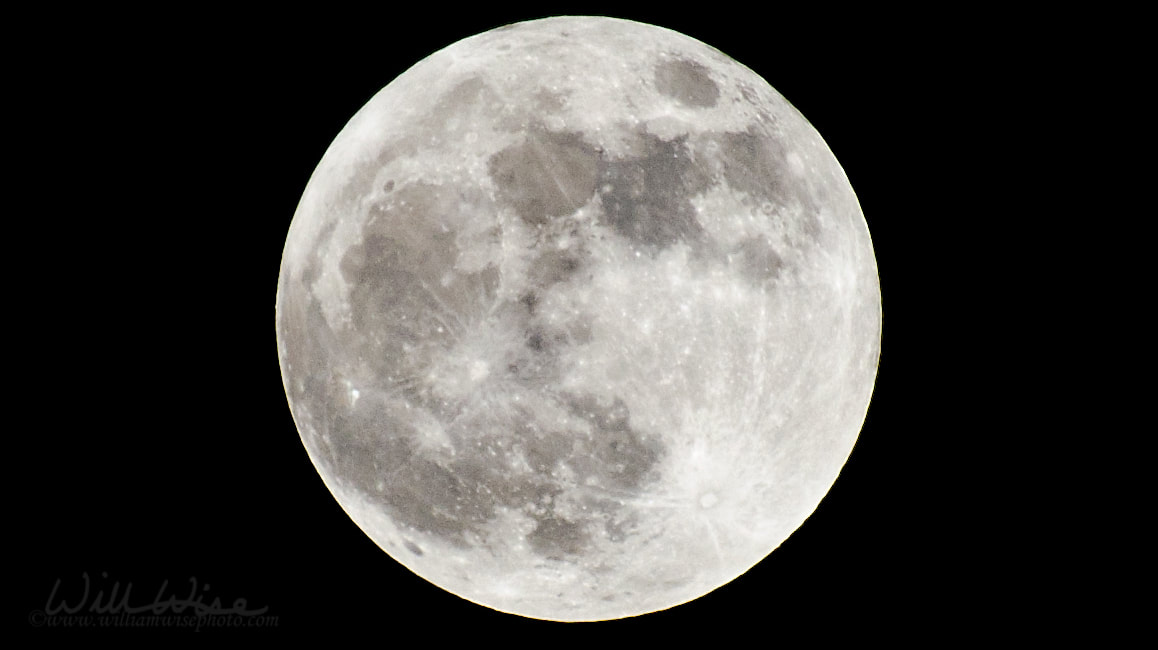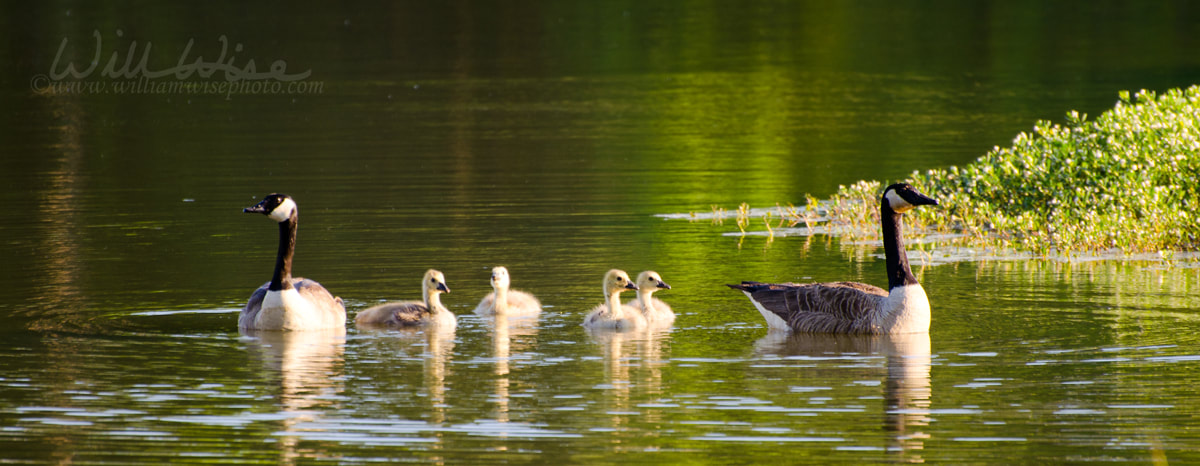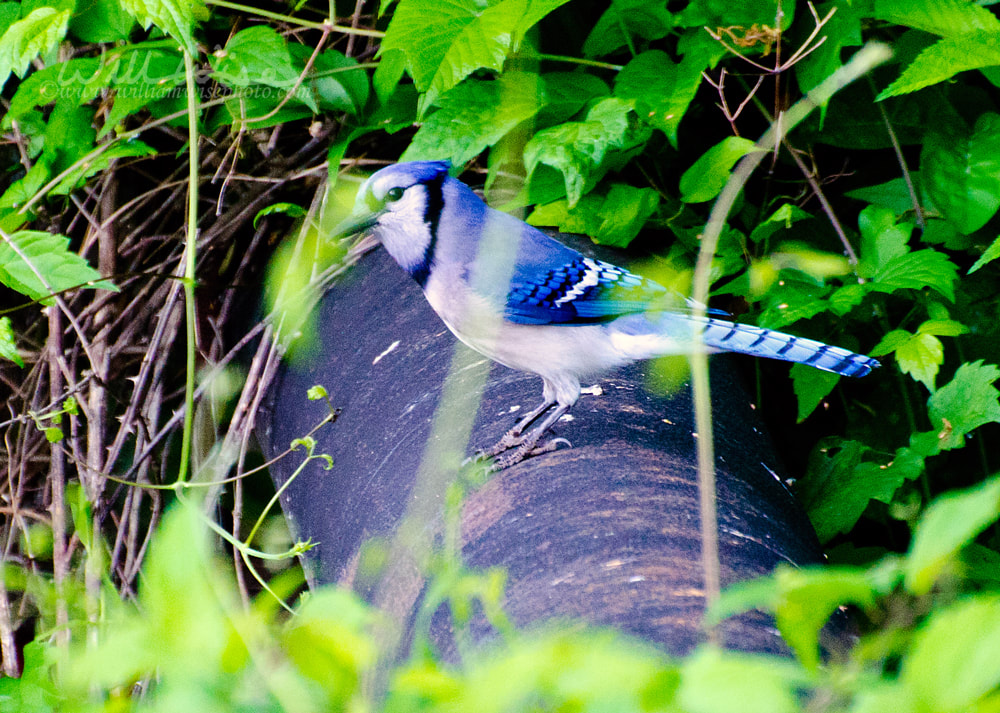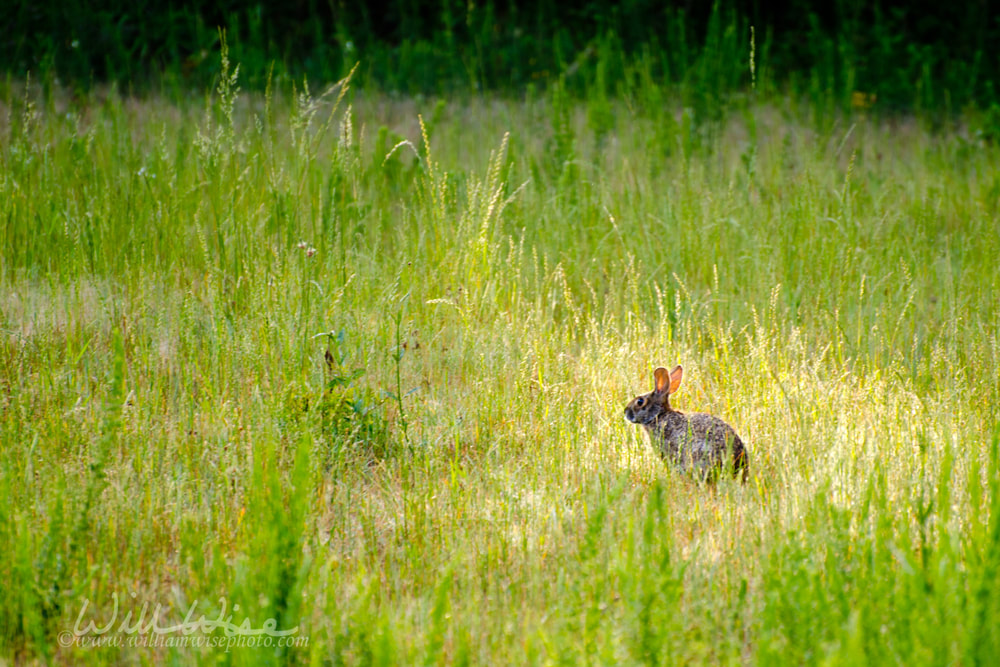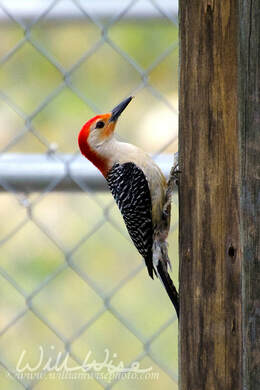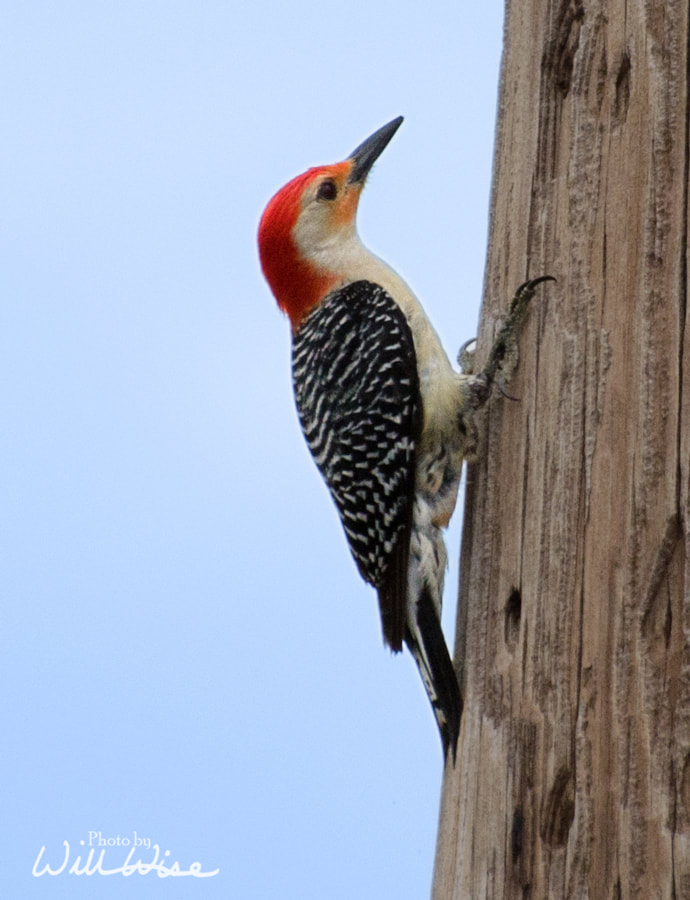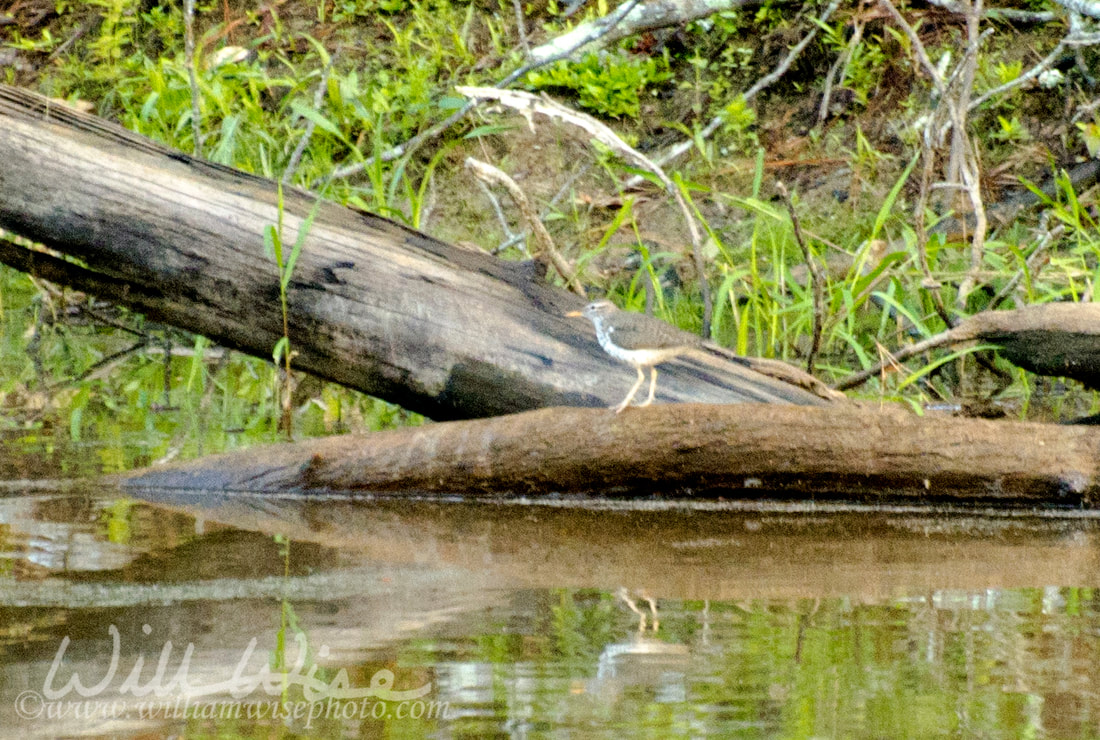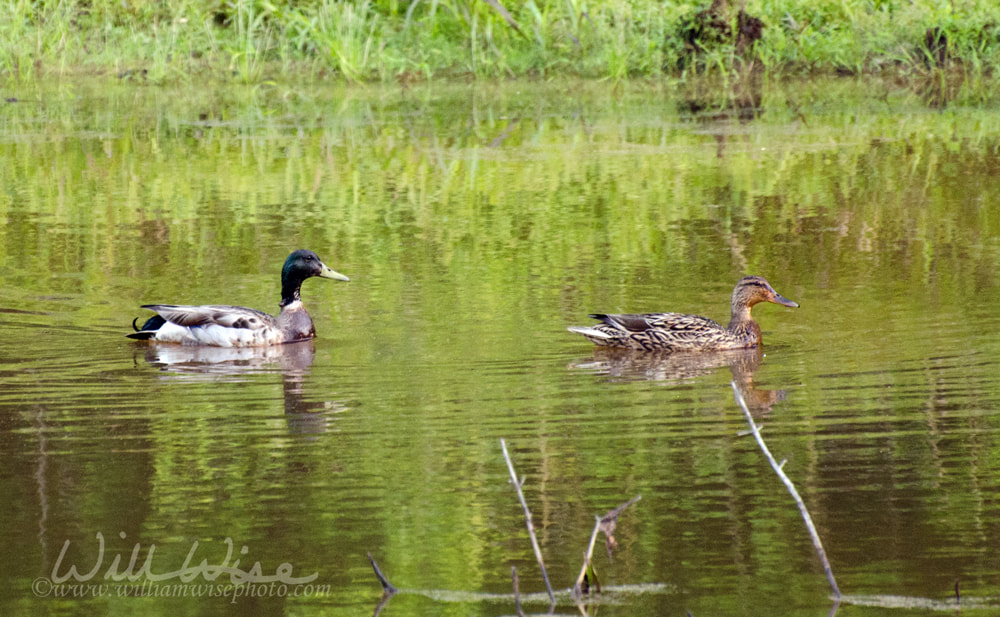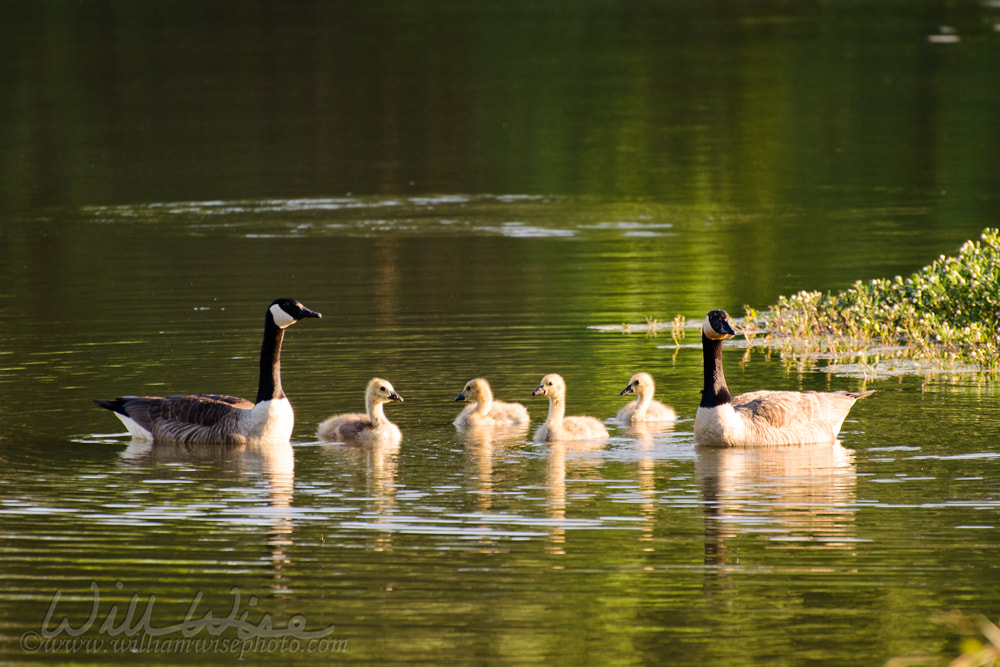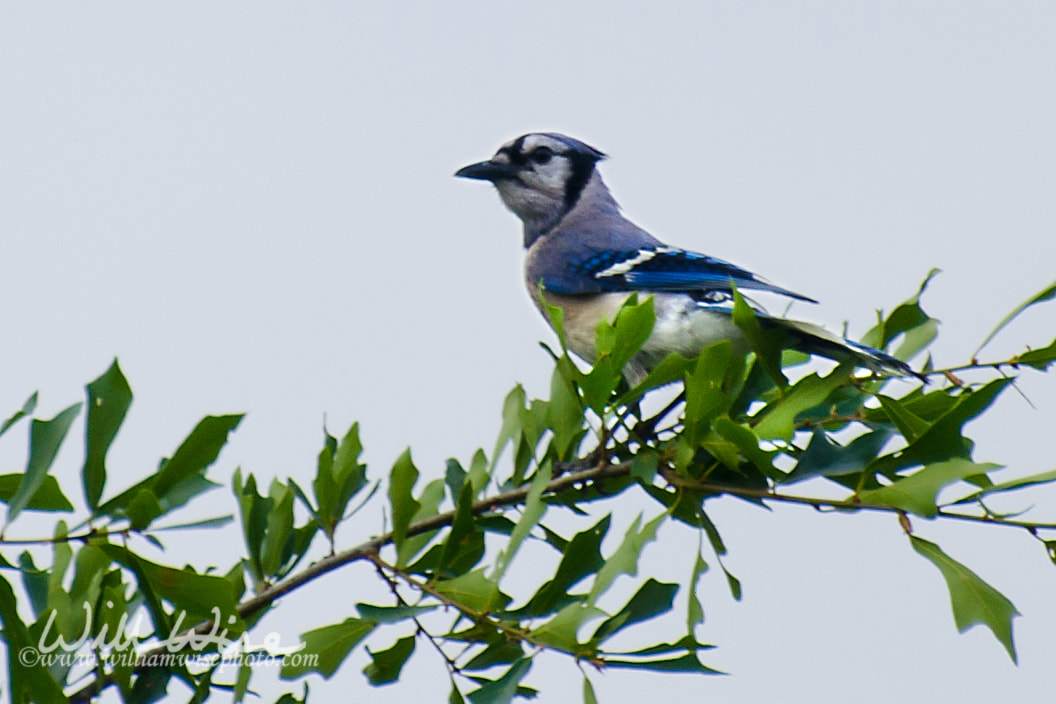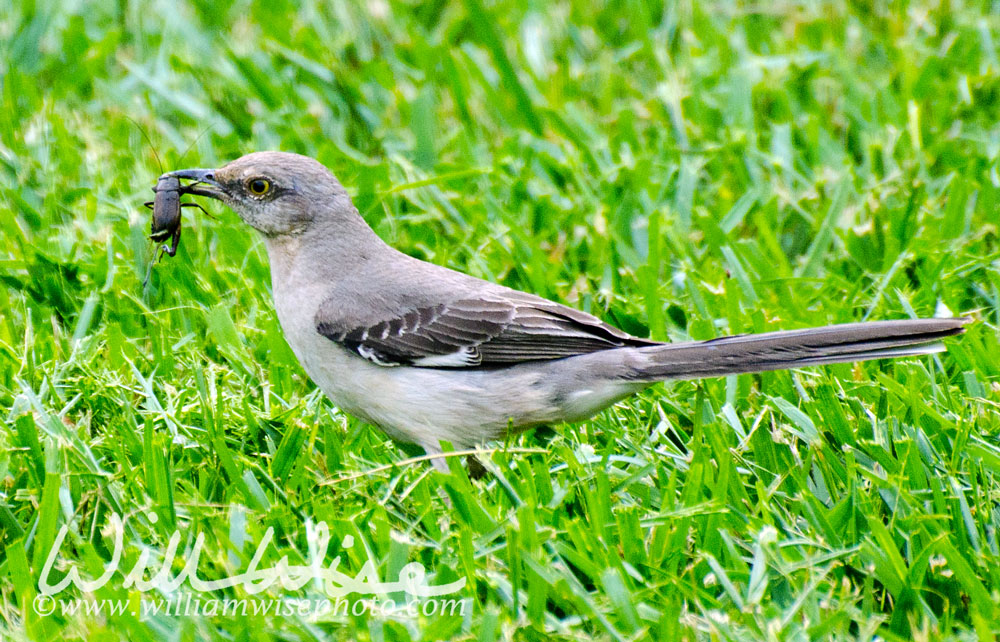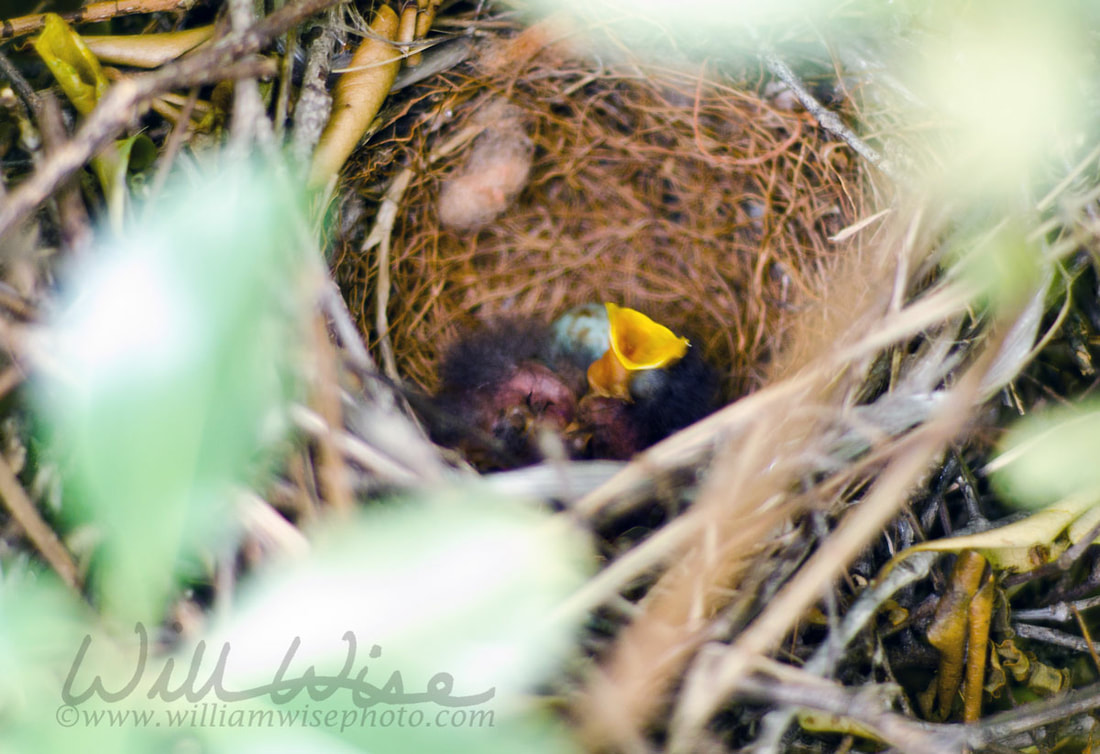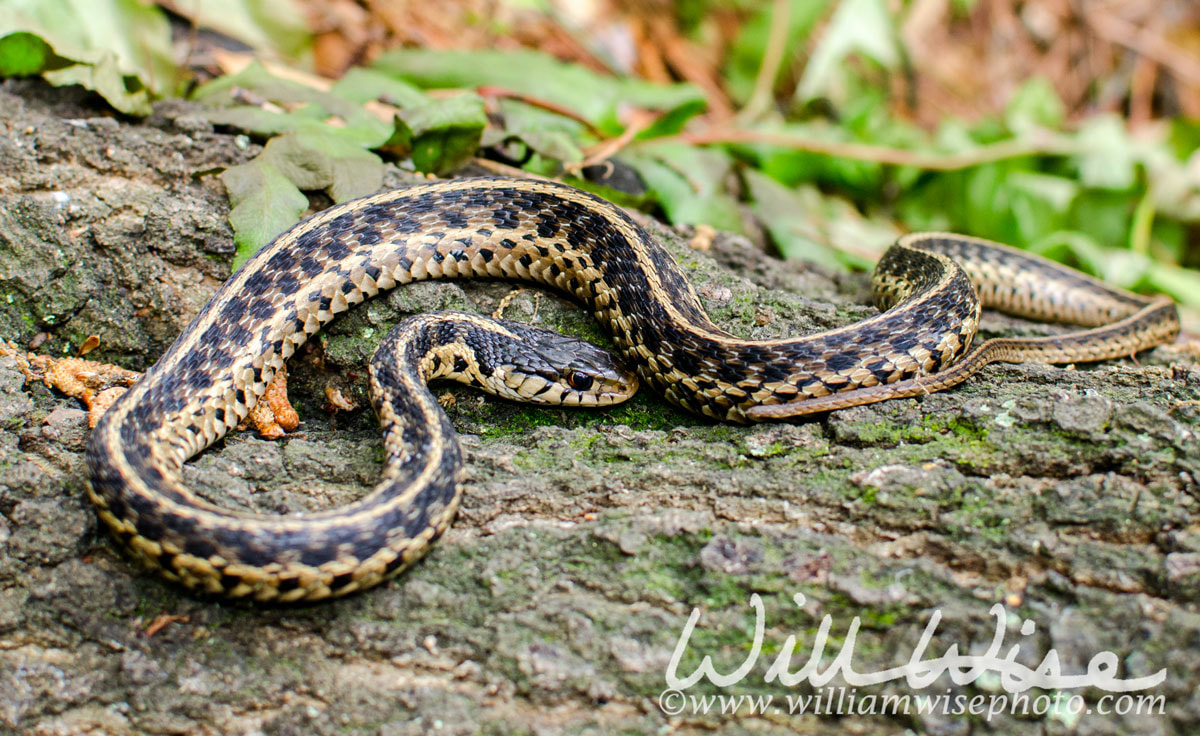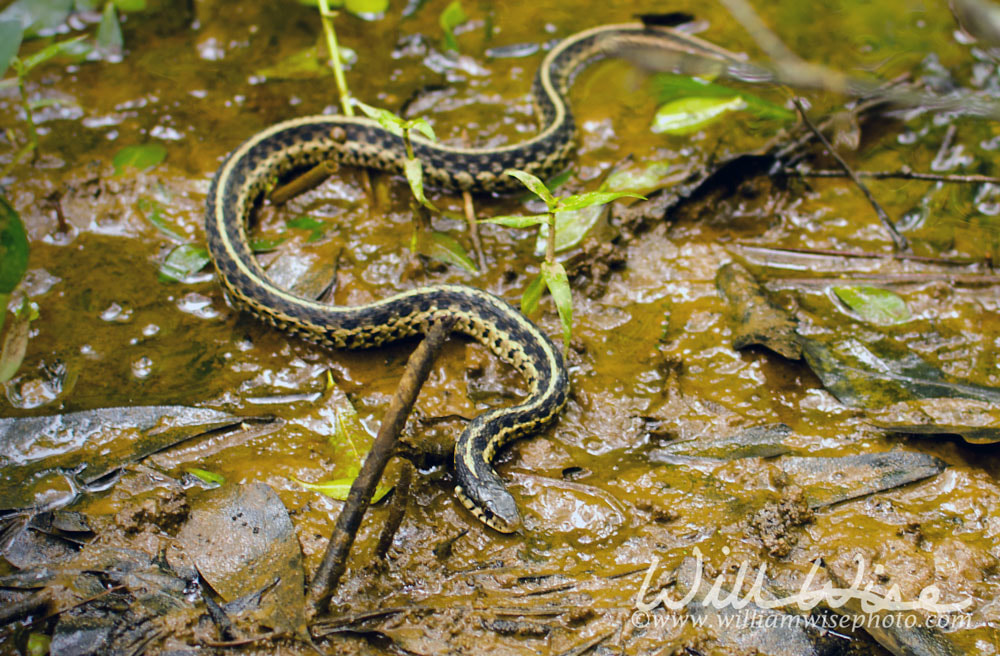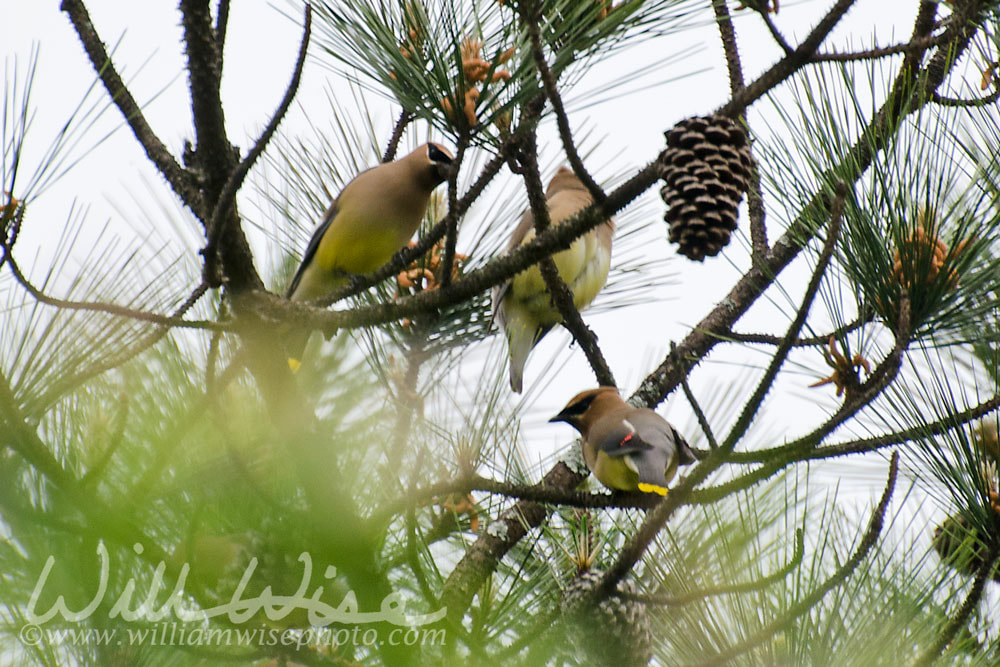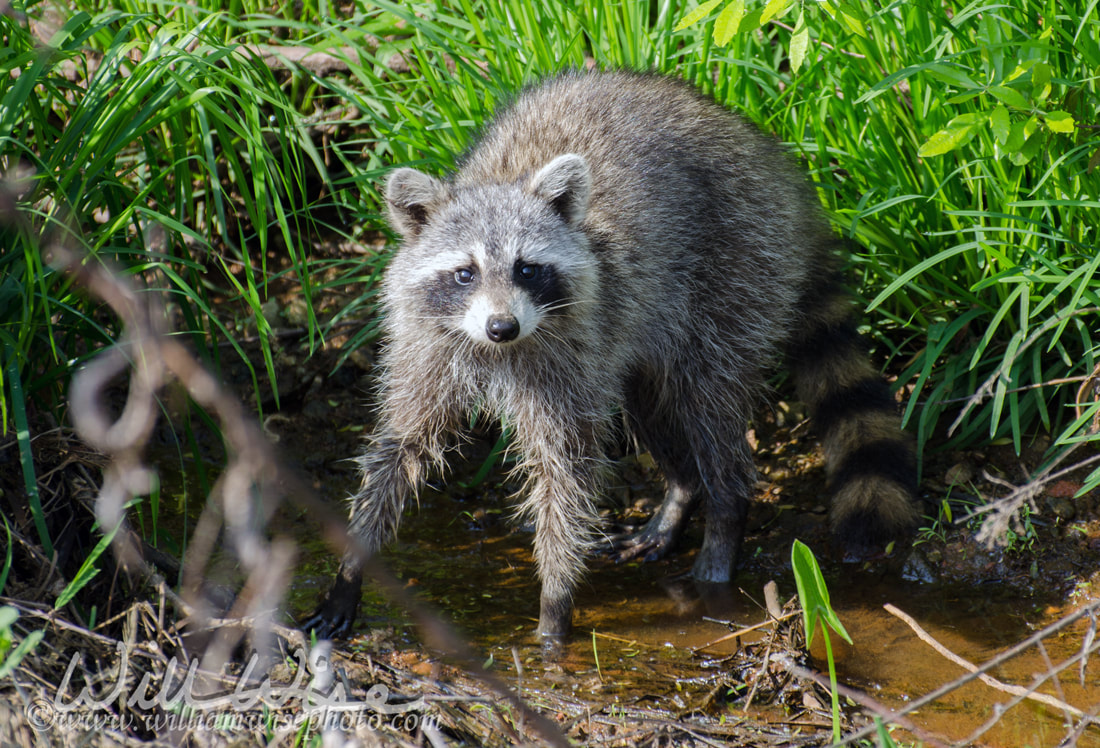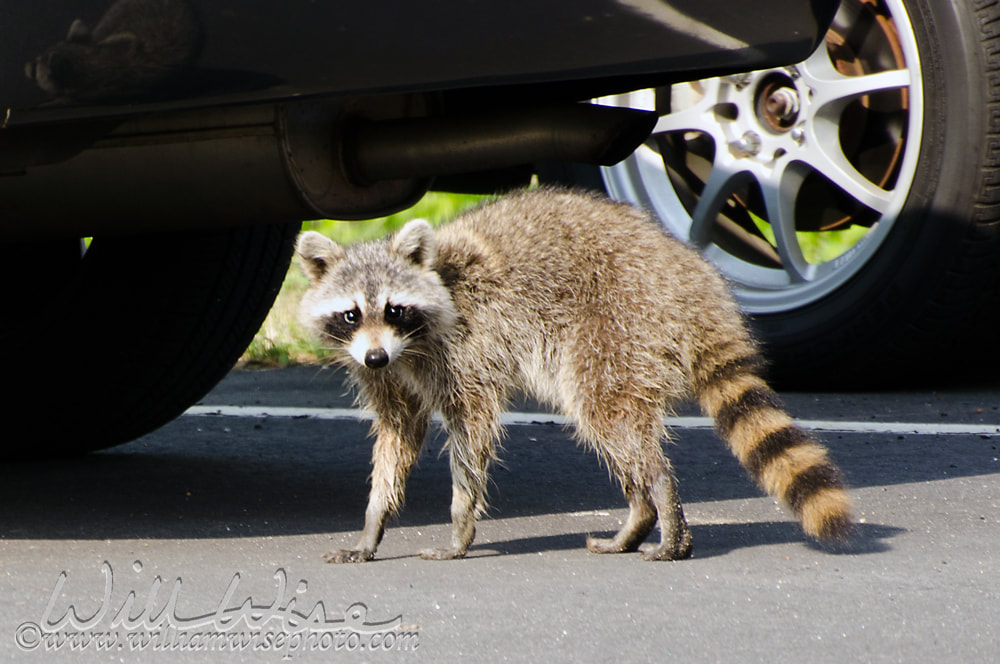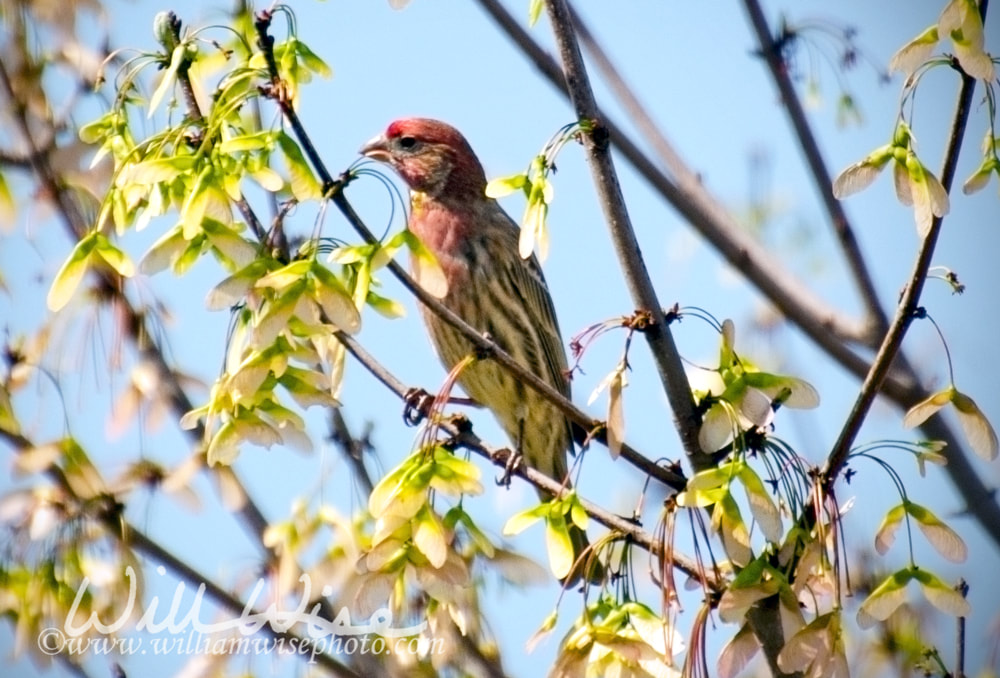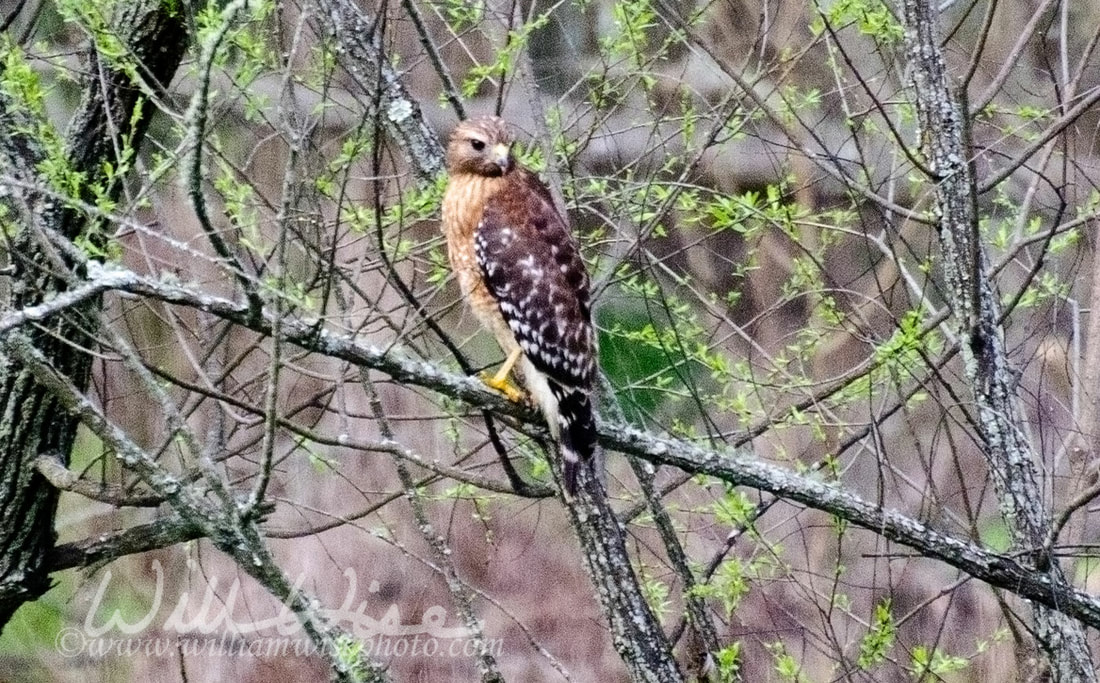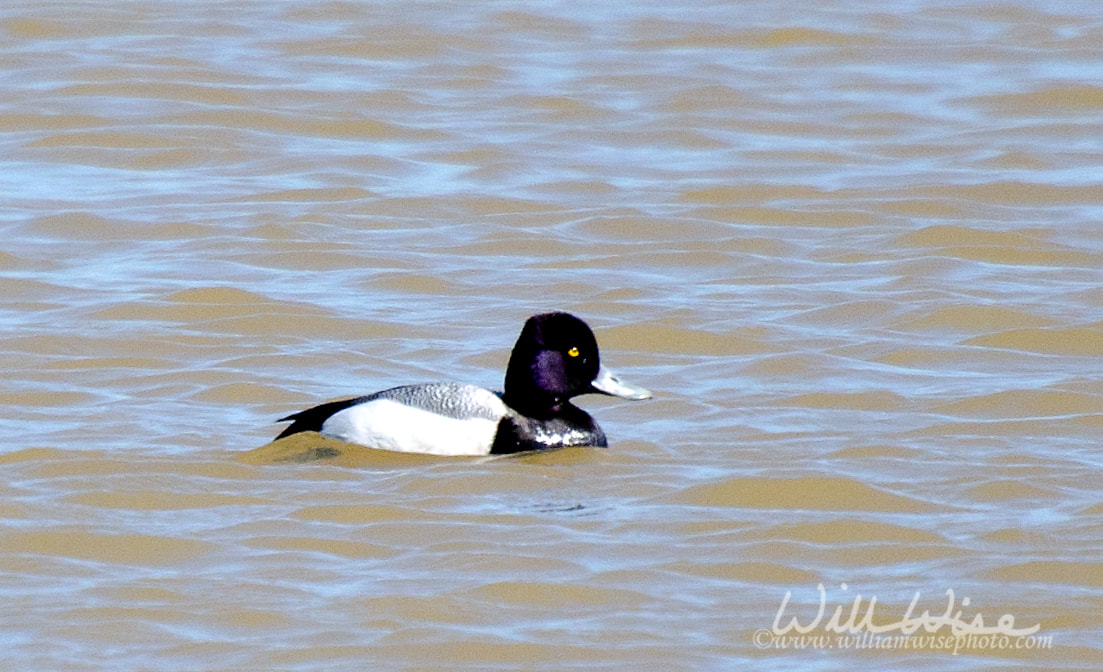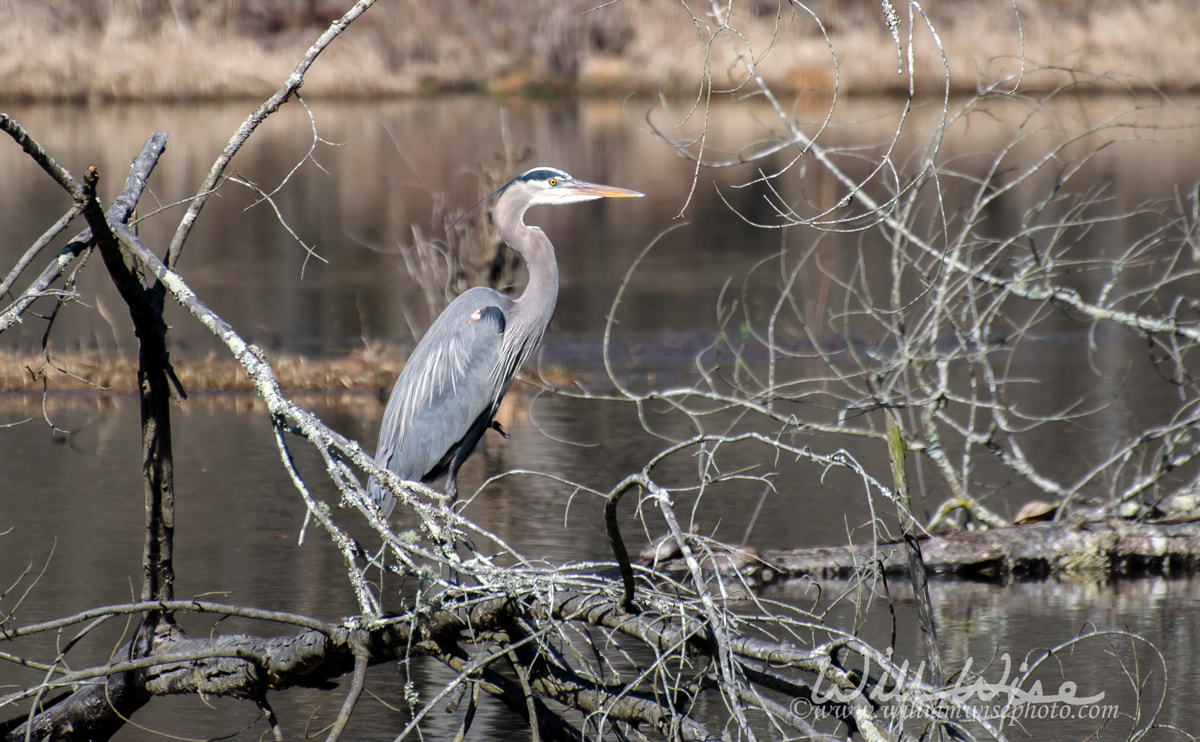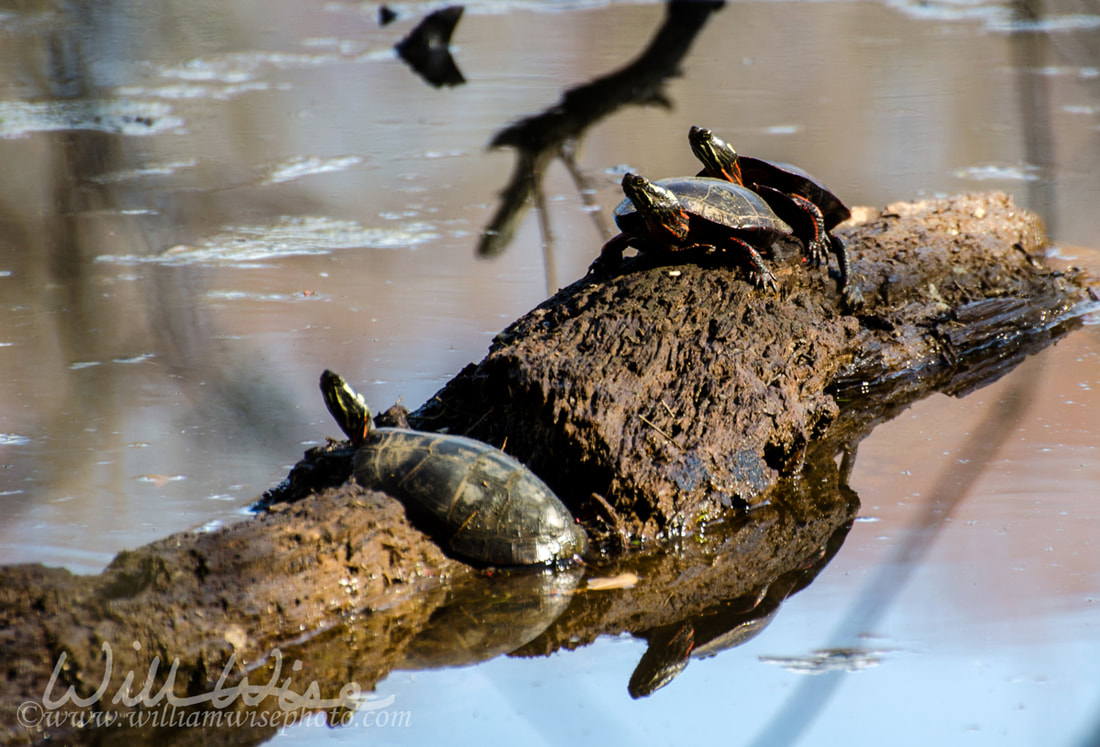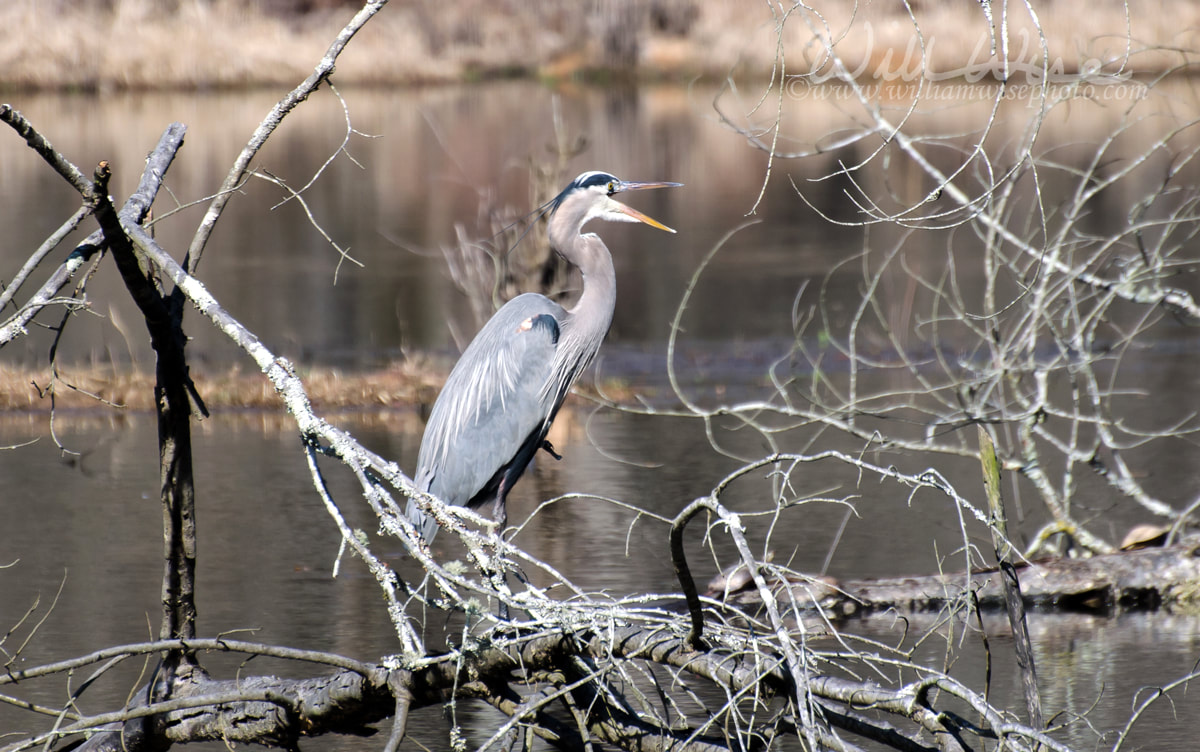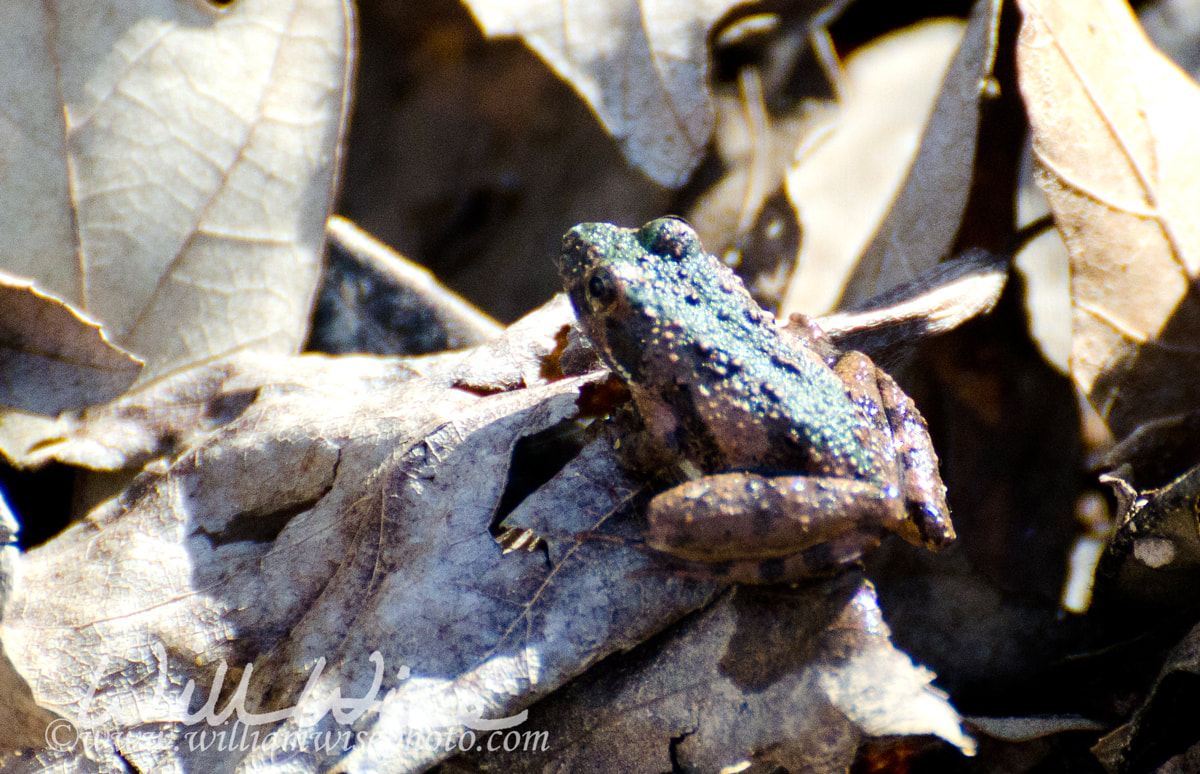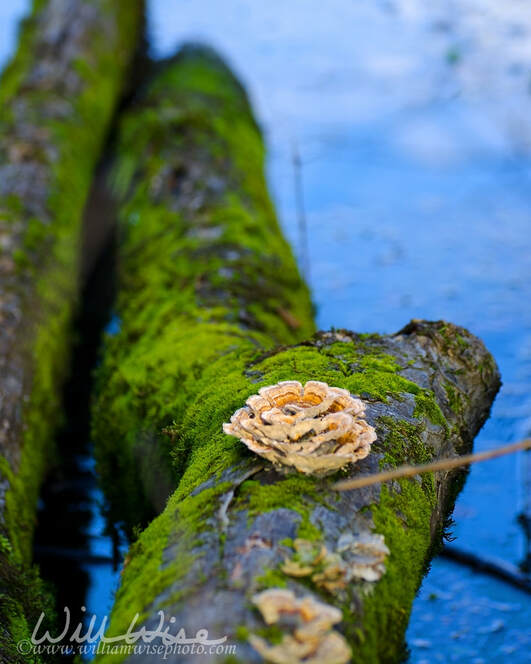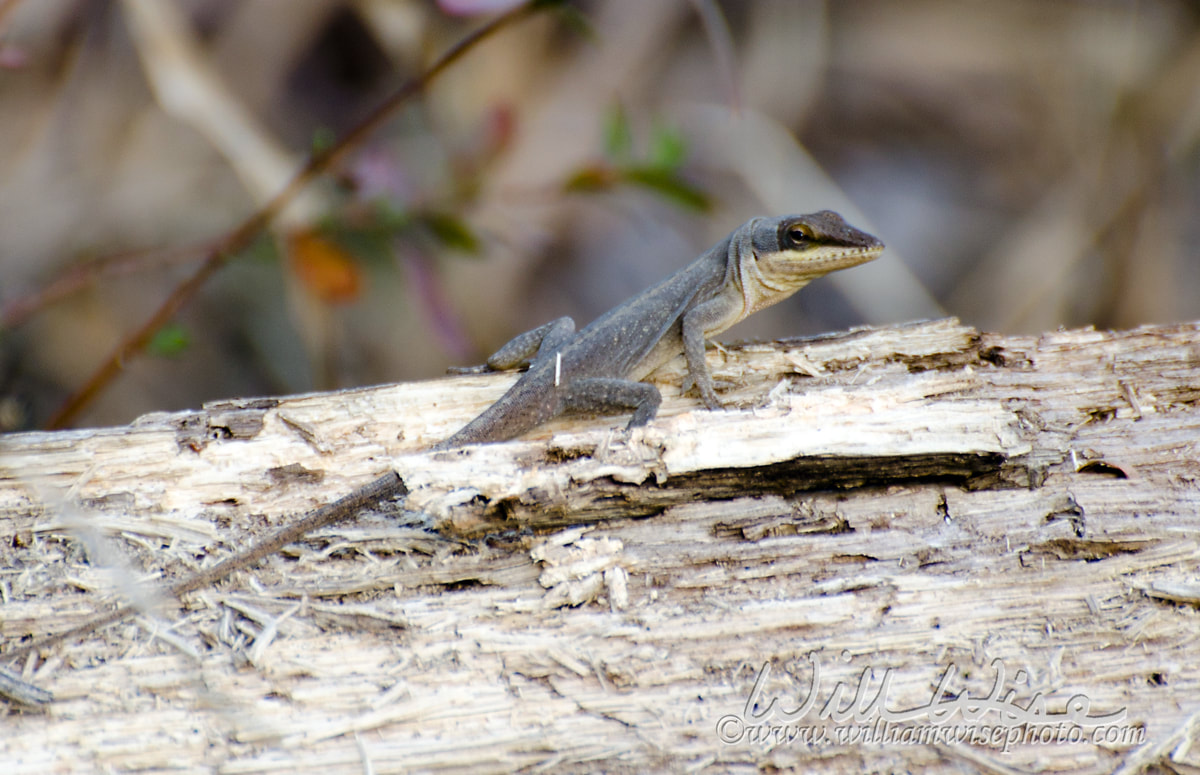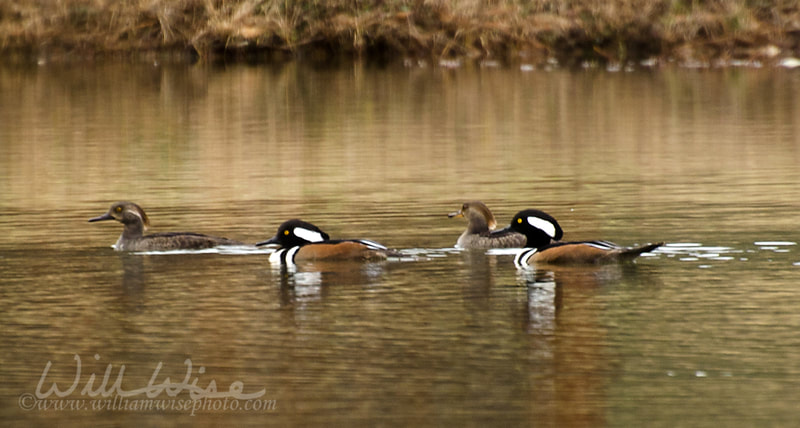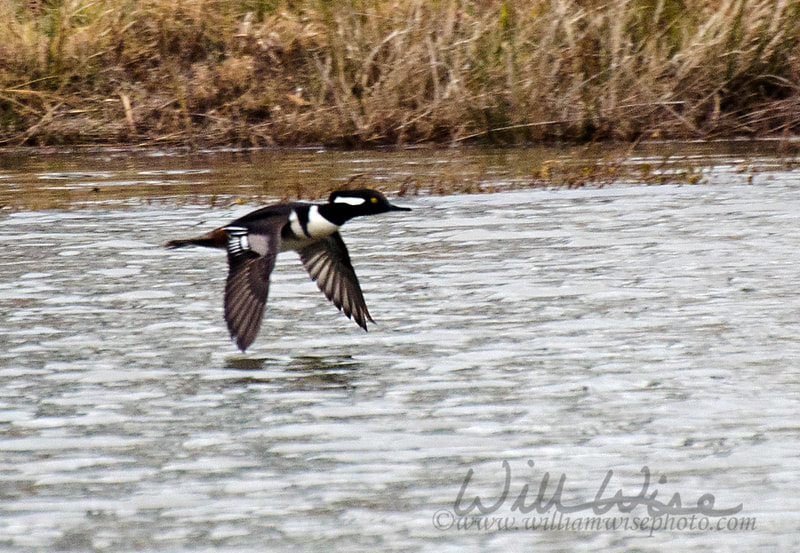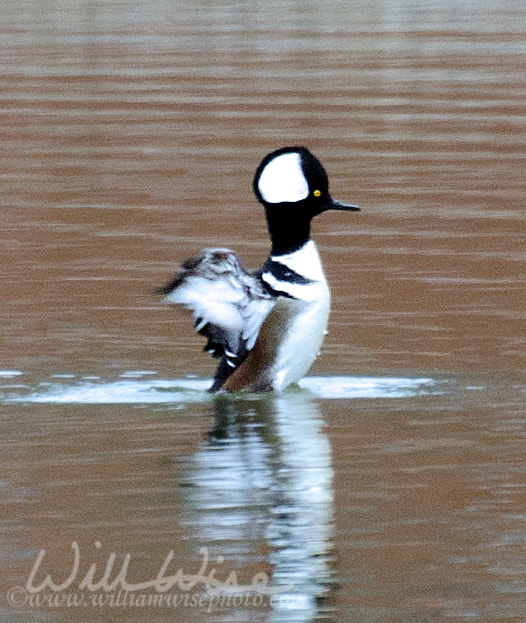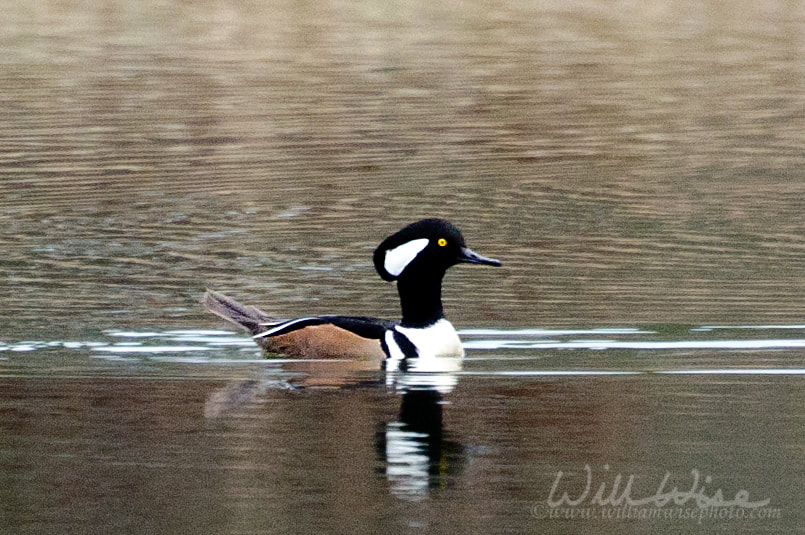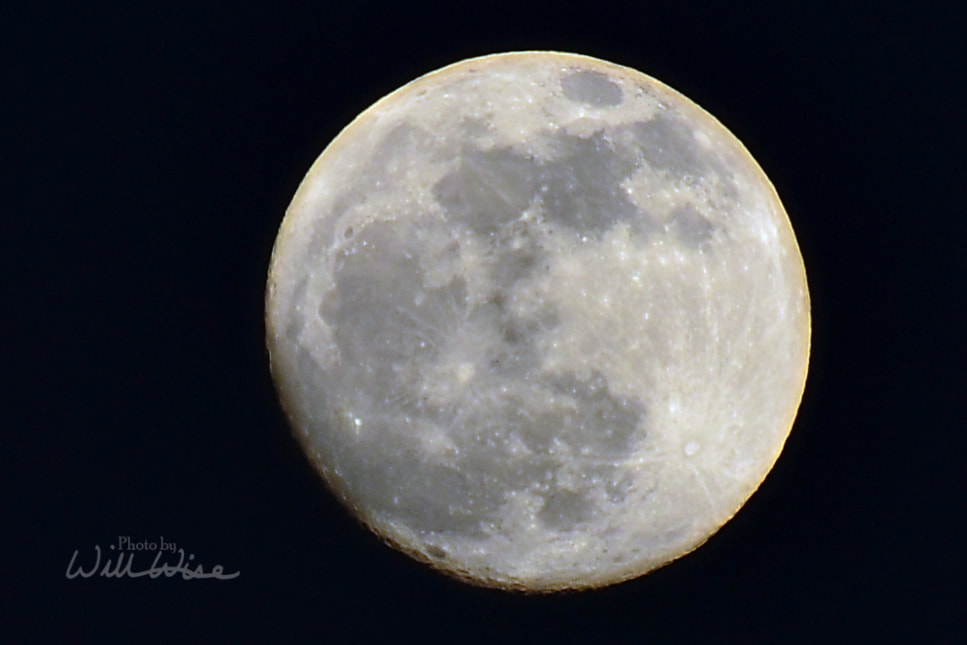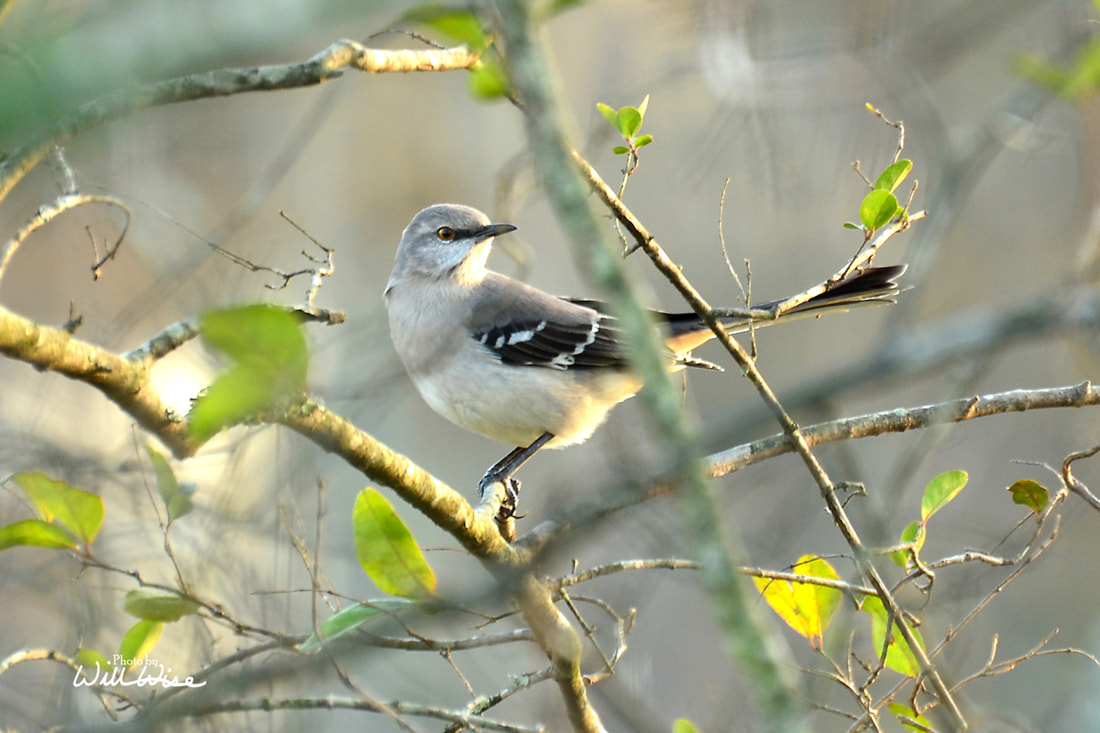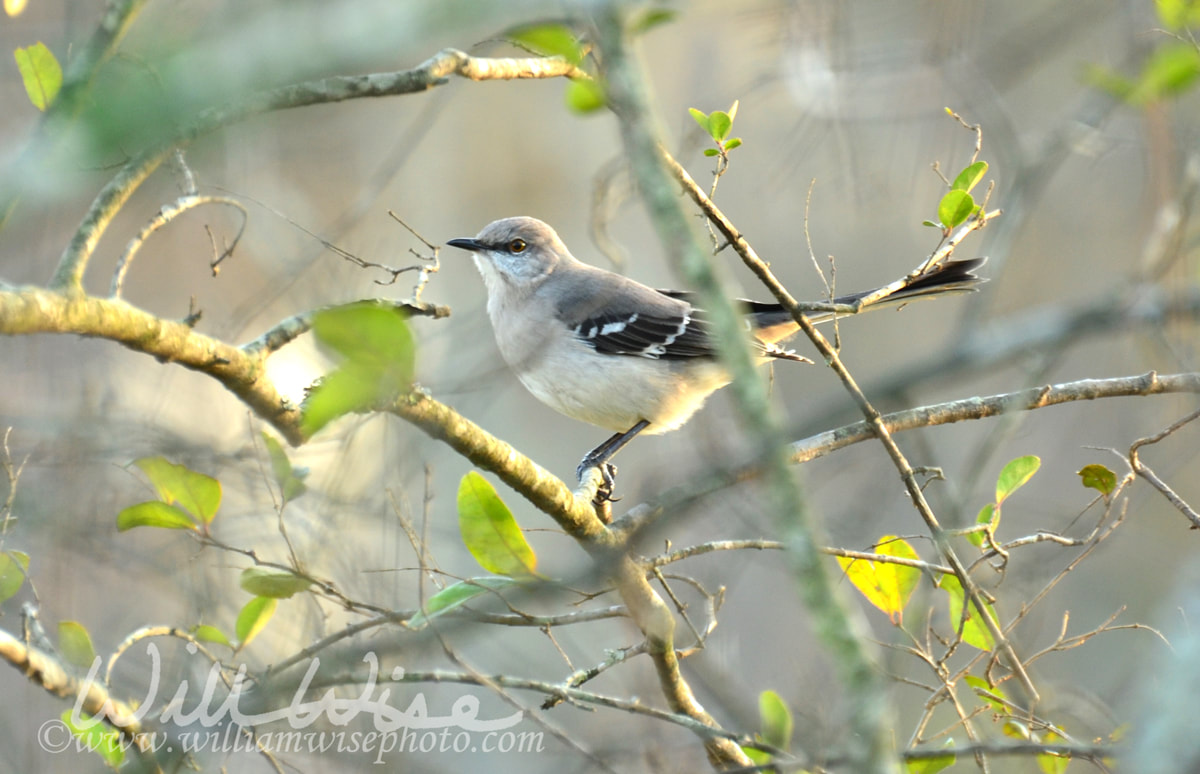Isaiah 35:6 Then will the lame leap like a deer, and the mute tongue shout for joy. Water will gush forth in the wilderness and streams in the desert.
0 Comments
Wednesday, 3:41 PM - The retention pond behind my office in Monroe, Georgia is loaded with turtles! There are plenty of huge sliders, but there are often smaller dark brown guys secreting around the aquatic vegetation. These plain brown shelled reptiles with the yellow stripes on their faces are Common Musk Turtles, Sternotherus odoratus. Occasionally we find them crossing our parking lot, perhaps heading for another nearby pond.
According to the Savannah River Ecology Lab: Common musk turtles occur throughout the eastern U.S. in a variety of aquatic habitats. They are most common in shallow water-bodies with low currents, abundant aquatic vegetation, and soft organic bottoms and they are often seen foraging in shallow water in the evening. It is sometimes called a “stinkpot”. This is reportedly for an ability to release a foul musky odor from scent glands on the edge of its shell. The more scientific sounding description of this trait is found in its scientific species name, ‘odoratus’. Walton County, Georgia Psalms 8:3 “When I consider thy heavens, the work of thy fingers, the moon and the stars, which thou hast ordained” Saturday, 11:35 PM – The term "supermoon" was coined in 1979 to describe a full moon that coincides with perigee (its closest point to earth) --something that happens about once a year, on average. At the time of this photo, the moon was 221,801 miles from our planet, and that close approach coincided with the official full moon phase. It appeared about 15 percent bigger and 30 percent brighter than the other full moons of 2012. Deuteronomy 11:8-17 But the land into which you are about to cross to possess it, a land of hills and valleys, drinks water from the rain of heaven, a land for which the Lord your God cares; the eyes of the Lord your God are always on it, from the beginning even to the end of the year. Tuesday, 10:33 AM - Monroe, Georgia. - “Bill! Come here! Quick!” I got up from my desk and scooted along in haste from my office at the rear of the Animal Control admin building. “You’ve got a friend under your car.” I slowed my pace in disappointment figuring it was just one of the many stray cats dumped out after hours at our animal shelter. But as I looked, “Now that’s no cat!” A gangly raccoon (Procyon lotor) was tip-toeing around the parking lot, sniffing, prowling, scratching the ground. I ran back to my office for my Nikon. As I came out the front door, he hunched up his back and gave me an, “I see you!” look. Of course, not following my own animal control wisdom occasionally dolled out to elementary school children, I approached a wild raccoon that was out-and-about in broad daylight. A site that makes many afraid! Despite popular belief, it isn’t necessarily true that any animal seen in daylight has rabies. In the spring and summer months, many species of wildlife, even the nocturnal, are forced into daylight excursions on the hunt for food to feed their recently born offspring. Crepuscular animals may also be seen foraging on overcast days. But whether rabid or not, they are wild animals, not pets, and trying to pet them is just, well, foolish. I didn’t suspect our parking lot raccoon of rabies. As I approached, he continued his searching and smelling with frequent glances in my direction. Eventually, the closer I got, he casually sauntered back down the willow lined drainage ditch leading to the woods behind the shelter, being more weary and afraid of me than I was of him. For many it would have been a fearful encounter with a rabid animal. For me, it was a photo-op and a little bit of joy encountering one of His creatures… even if it was out in the middle of the day!  William Wise Photo Nature Notes is a wildlife, birding and nature photography blog documenting the wonders of God’s creation. -- Psalms 72:18-19 Blessed be the LORD, the God of Israel, who alone does wondrous things. Blessed be his glorious name forever; may the whole earth be filled with his glory! Amen and Amen! My first photo of a House Finch. In my early days of beginning to notice birds, this boy with the reddish head really stood out and amazed me. Why now, simply because they are so common, do I notice them with less enthusiasm? Still wonderful creatures!
 William Wise Photo Nature Notes is a wildlife, birding and nature photography blog documenting the wonders of God’s creation. -- Psalms 104:10-12 You make springs gush forth in the valleys; they flow between the hills; they give drink to every beast of the field; the wild donkeys quench their thirst. Beside them the birds of the heavens dwell; they sing among the branches. Sunday, February 5, 2012 - An afternoon hike at our local park, Sandy Creek Nature Center. Whether it is for travel photography or nature photography, there is nothing better than making a free weekend in our busy lives in order to get away and enjoy. But since big trips often require a lot of planning, money and leave from our jobs, they don’t come often enough. That is when local destinations come into play. My busy life with work and church activities, kids’ band concerts and soccer games, doesn’t leave much opportunity to get away for my passion of birding and wildlife photography. That’s why I love my local park: Sandy Creek Park and Nature Center in Athens, Georgia USA. Even if I can’t get out of town for an extended trip, I can drive 15 minutes to the north side of town and be instantly transported into the wild. In this relatively small piece of nature, there are beaver diligently working to keep the wetland ecosystem from drying out. The turtles emerge onto the logs for basking on warmer days. Long-legged wading birds pick frogs and insects from the shallow waters with their spear-like beaks. Lizards scurry about the leaves and thickets. And if you’re lucky, a snake may slither across your path! Sandy Creek Park is almost 800 acres and a large body of water, Lake Chapman, sits right in the middle. Miles of trails circle the lake and there are plenty of other recreational opportunities. Adjacent the park, and connected by a wildlife corridor, named Cook’s trail, is the Sandy Creek Nature Center. Multiple hiking trails cross the 225 acre forested property and provide all types of nature and wildlife photography opportunities.
So perhaps you can’t get away on an extended trip because of work or a busy life. But don’t neglect to look into your local parks and preserves. You may find a veritable wildlife safari tucked away in a small corner of your city that you never knew existed!  William Wise Photo Nature Notes is a wildlife, birding and nature photography blog documenting the wonders of God’s creation. -- Psalms 86:8-10 Among the gods there is none like unto thee, O Lord; neither are there any works like unto thy works. For thou art great, and doest wondrous things: thou art God alone. |
Categories
All
Archives
September 2025
|
|
All content is ©williamwisephoto.com. Please don't steal images. My images are available at dreamstime.com. Stock sales go into the shelter photography program.
|
In December 1993 I came to know the Designer and Creator of this wonderful planet and its creatures: Jesus Christ.
|
Donations help support the animal shelter adoption photography equipment and adoption website hosting and domain fees. Thanks for your support!
|

